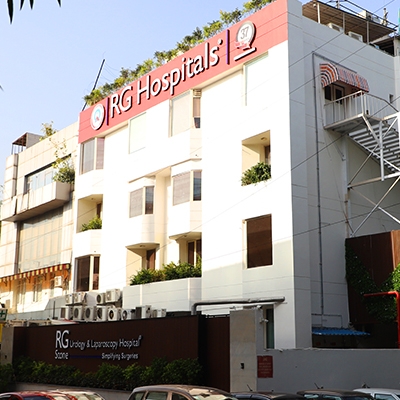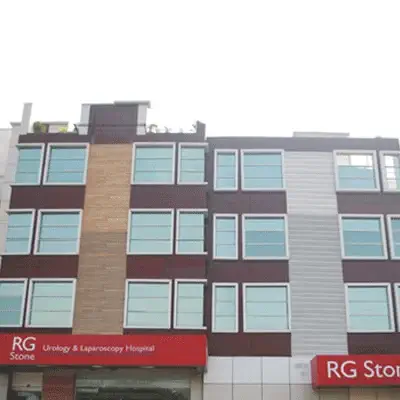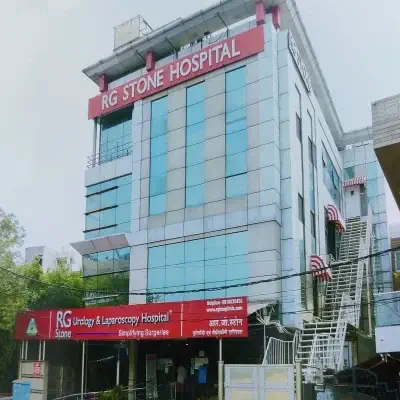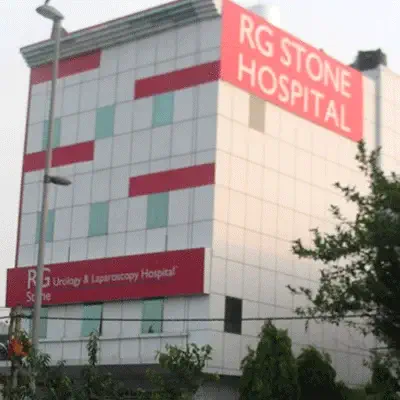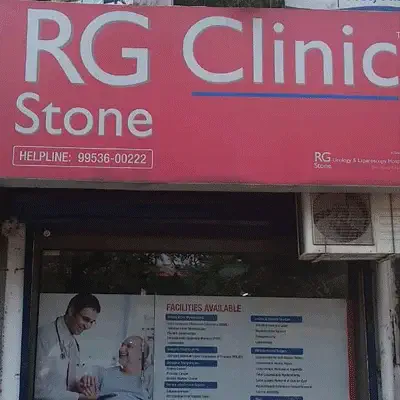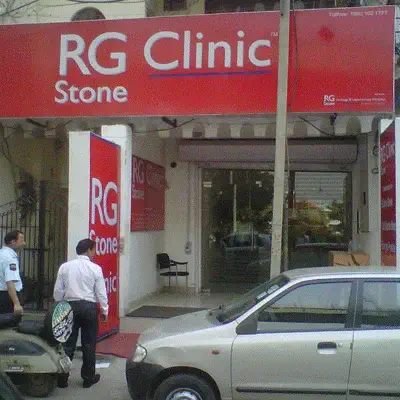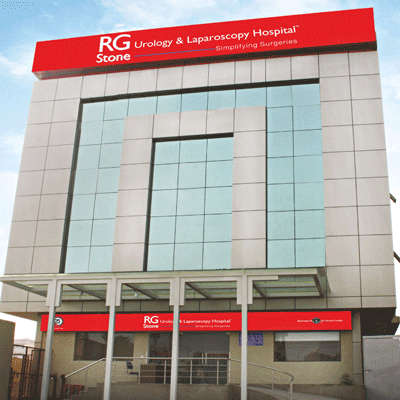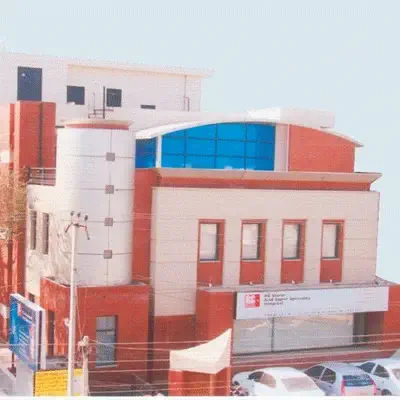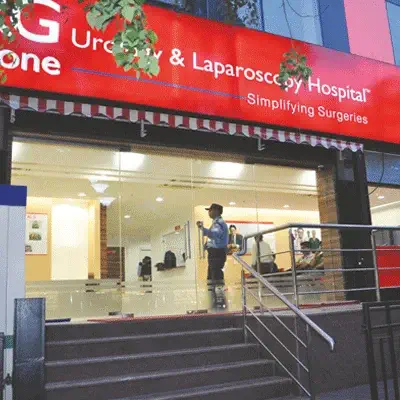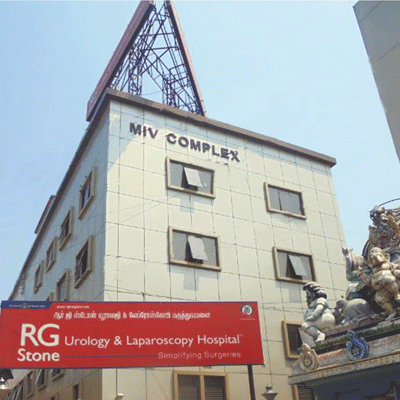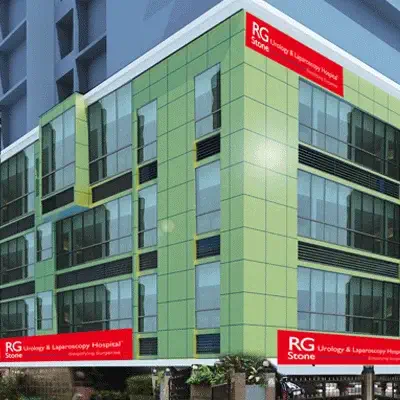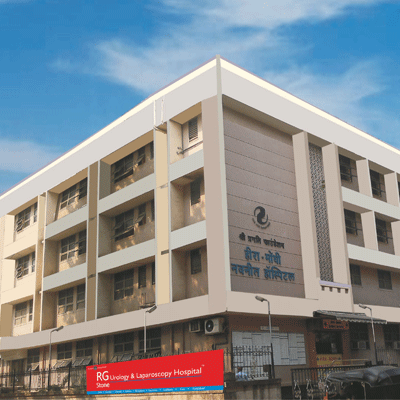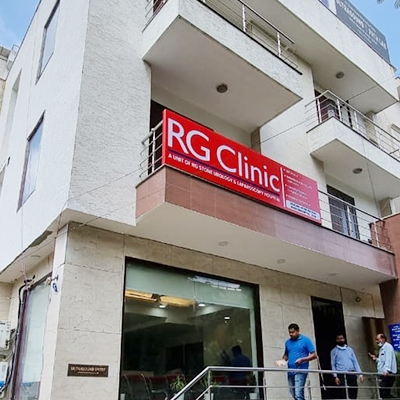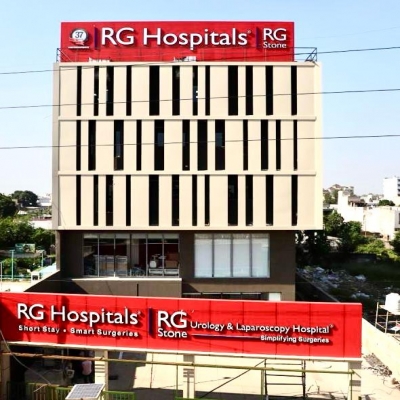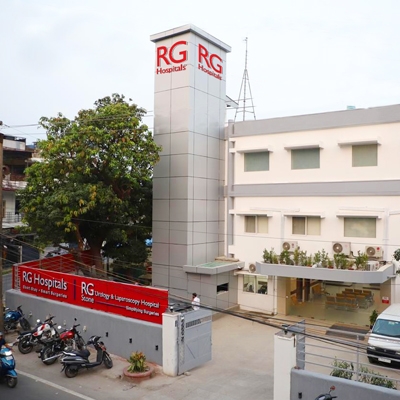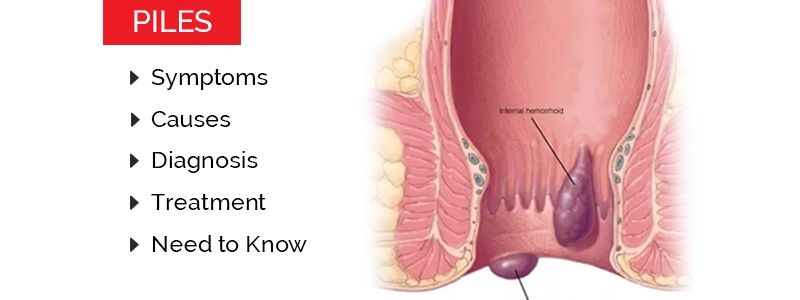Piles, also known as hemorrhoids, are swollen blood vessels located in the rectum or anus. They can develop due to increased pressure in the lower rectum, often resulting from chronic constipation, prolonged sitting, or straining during bowel movements. Other contributing factors include obesity, pregnancy, and a low-fiber diet. The symptoms of piles can range from mild to severe and typically include discomfort or pain in the anal region, itching, and the presence of blood during or after bowel movements. Some individuals may also experience swelling or a noticeable lump around the anus.
Diagnosing piles involves a thorough examination by a healthcare provider, which may include a physical examination and, if necessary, an internal examination using an anoscope or sigmoidoscope. In some cases, additional diagnostic tests may be recommended to rule out other conditions. Treatment options for piles vary depending on the severity of the condition. For mild cases, lifestyle changes such as increasing dietary fiber, staying hydrated, and avoiding prolonged sitting can be effective. Over-the-counter medications and topical treatments may also provide relief. For more severe cases, medical procedures such as rubber band ligation, sclerotherapy, or surgical interventions may be required. Consulting with a specialist ensures a personalized treatment plan for optimal results.
Procedures & Interventions
This surgical procedure involves the removal of large external hemorrhoids or prolapsed internal hemorrhoids. It is typically performed under anesthesia and is considered for severe cases that do not respond to other treatments. The surgery provides a long-term solution, but recovery can be prolonged and may involve post-operative pain and care.
This technique uses staples to reposition prolapsed hemorrhoids back into their normal position. It is less invasive than traditional hemorrhoidectomy and often results in reduced post-operative pain and quicker recovery. The procedure is suitable for cases with significant prolapse but may not address external hemorrhoids effectively.
In this minimally invasive procedure, a small rubber band is placed around the base of the hemorrhoid to cut off its blood supply. This causes the hemorrhoid to shrink, wither, and eventually fall off. It is typically used for internal hemorrhoids and is effective with minimal discomfort and quick recovery.
This involves injecting a chemical solution directly into the hemorrhoid tissue, causing it to shrink and harden. The procedure is relatively quick and effective for smaller hemorrhoids. It is a less invasive option that can be performed in an outpatient setting with minimal recovery time.
A device is used to apply infrared light to the hemorrhoidal tissue, causing it to coagulate and shrink. This method is effective for small to medium-sized hemorrhoids and typically requires multiple sessions. It is a minimally invasive procedure with a short recovery period.
This procedure uses a laser to target and seal off the blood vessels in the hemorrhoid tissue, reducing its size. It is a precise and minimally invasive technique that offers reduced pain and faster recovery compared to traditional surgery. It is suitable for various stages of hemorrhoids and helps in managing symptoms effectively.
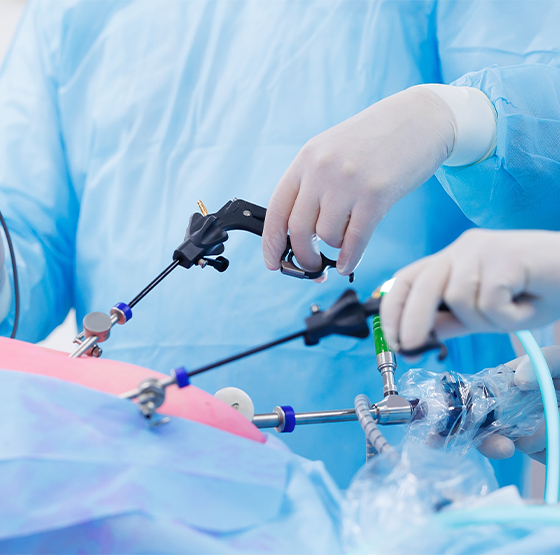
This surgical procedure involves the removal of large external hemorrhoids or prolapsed internal hemorrhoids. It is typically performed under anesthesia and is considered for severe cases that do not respond to other treatments. The surgery provides a long-term solution, but recovery can be prolonged and may involve post-operative pain and care.
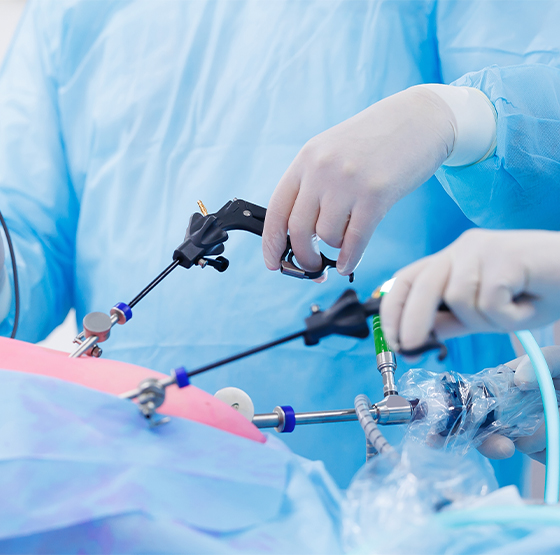
This technique uses staples to reposition prolapsed hemorrhoids back into their normal position. It is less invasive than traditional hemorrhoidectomy and often results in reduced post-operative pain and quicker recovery. The procedure is suitable for cases with significant prolapse but may not address external hemorrhoids effectively.
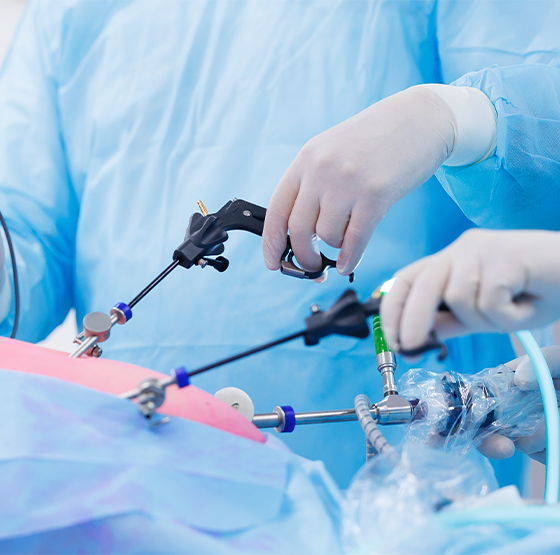
In this minimally invasive procedure, a small rubber band is placed around the base of the hemorrhoid to cut off its blood supply. This causes the hemorrhoid to shrink, wither, and eventually fall off. It is typically used for internal hemorrhoids and is effective with minimal discomfort and quick recovery.
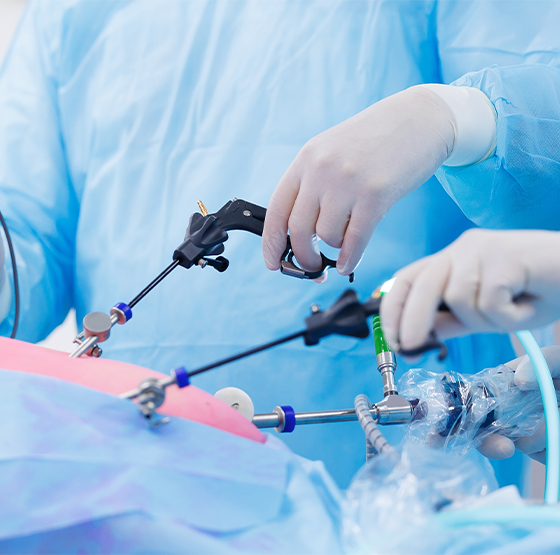
This involves injecting a chemical solution directly into the hemorrhoid tissue, causing it to shrink and harden. The procedure is relatively quick and effective for smaller hemorrhoids. It is a less invasive option that can be performed in an outpatient setting with minimal recovery time.
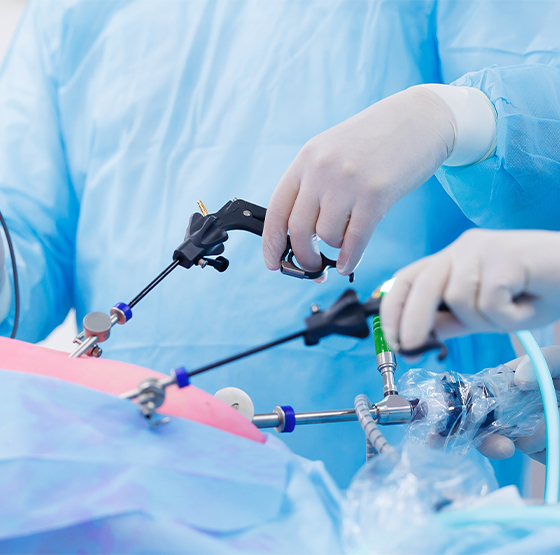
A device is used to apply infrared light to the hemorrhoidal tissue, causing it to coagulate and shrink. This method is effective for small to medium-sized hemorrhoids and typically requires multiple sessions. It is a minimally invasive procedure with a short recovery period.
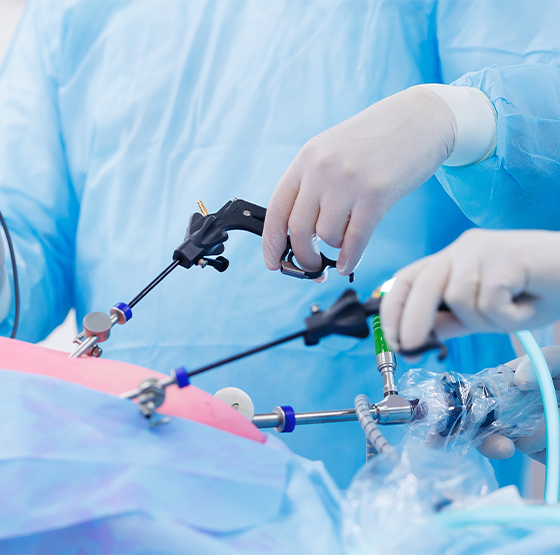
This procedure uses a laser to target and seal off the blood vessels in the hemorrhoid tissue, reducing its size. It is a precise and minimally invasive technique that offers reduced pain and faster recovery compared to traditional surgery. It is suitable for various stages of hemorrhoids and helps in managing symptoms effectively.
Team of Excellence
RG Hospitals is proud to have over 4,800 esteemed doctors, many of whom are pioneers in their respective fields. They are recognized for their commitment to advancing healthcare through innovative and groundbreaking clinical procedures.
Find a DoctorLooking for an Expert
RG Hospitals is proud to be the home of some of the world's most distinguished doctors.

Patient Stories
View All
Patient Testimonial | Commitment To Care
Treated by Dr. Manoj Gupta , RG Stone Hospital, Dehradun
- All Locations
- New Delhi
- Haryana
- Punjab
- Kolkata
- Chennai
- Mumbai
- Goa
- Uttar Pradesh
- Uttarakhand


